Rinnai are your experts in total home living. Whether it’s hot water systems, ducted heating or gas fires, we have a reputation for providing Kiwi families with the solutions they need for a healthy, comfortable, and sustainable way of life.
No matter the weather, Rinnai has a Heat Pump solution for every Kiwi home. The Q Series Heat Pump has been designed using the latest inverter technology to quietly and efficiently deliver warmth and superior comfort to your home. The Q Series also delivers powerful and consistent cooling for those hot and humid NZ summer months, making it the ideal year-round comfort solution for your unique space.
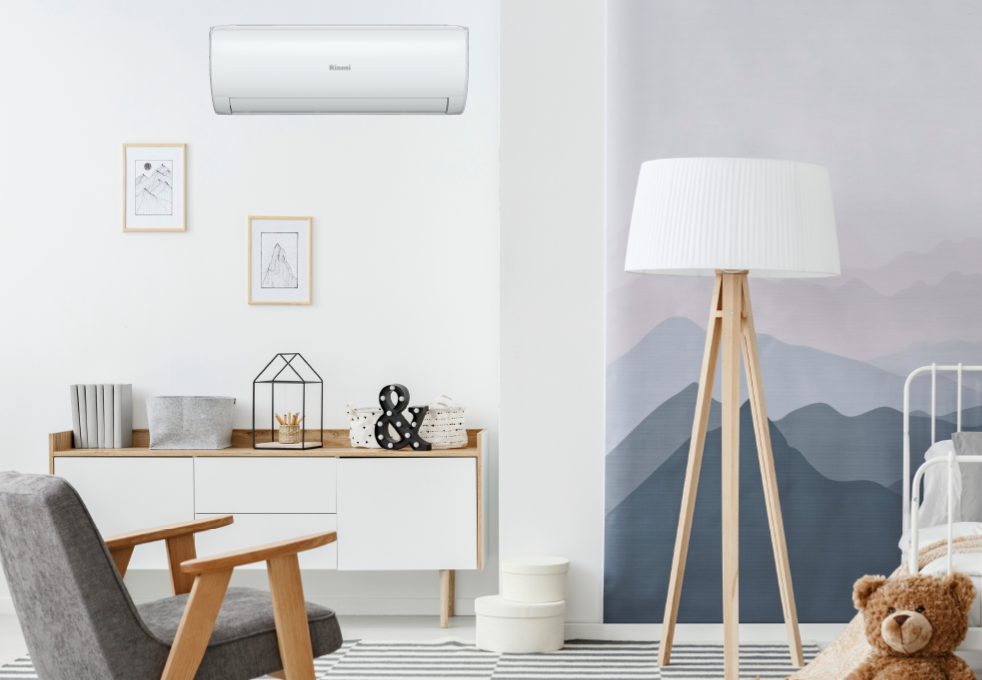
Need some help finding the perfect Heat Pump? Here's everything you need to know.
FIND OUT MOREUse our heat pump guide to help identify which of our heat pumps is right for your space.
Just complete our simple form to get a free, personalised quote from one of our nationwide Heat Pump dealers.
ENQUIRE NOW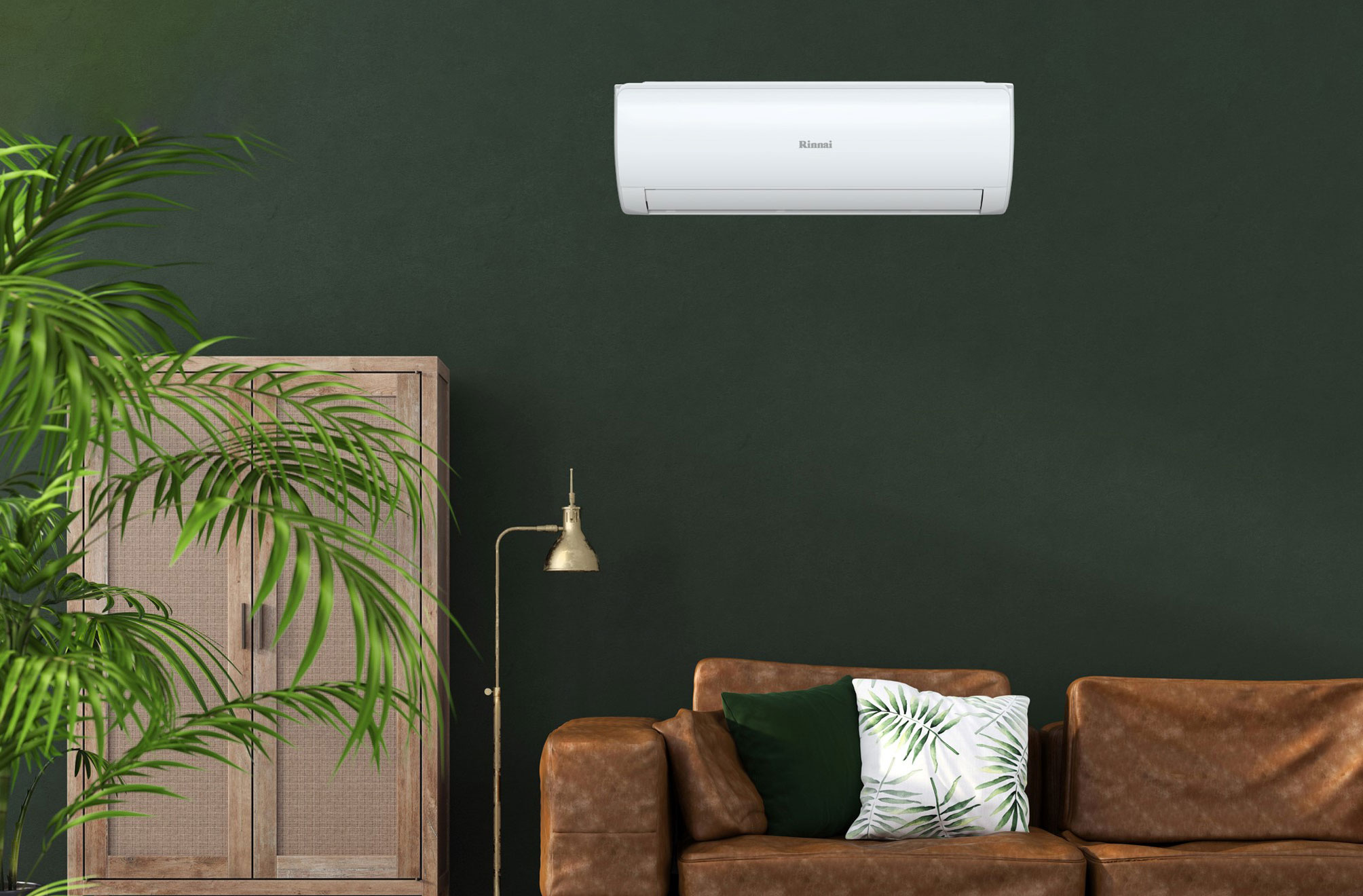
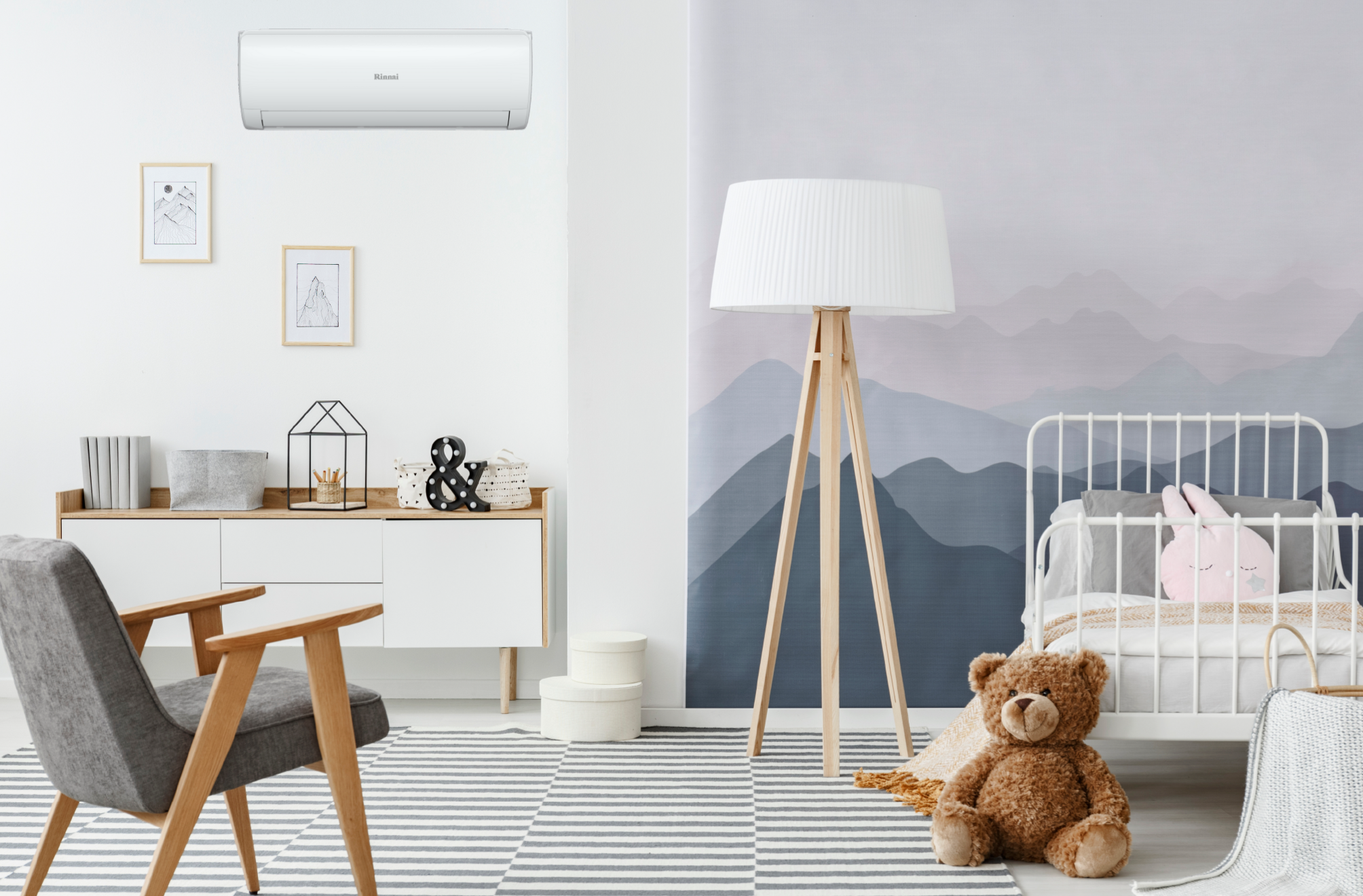
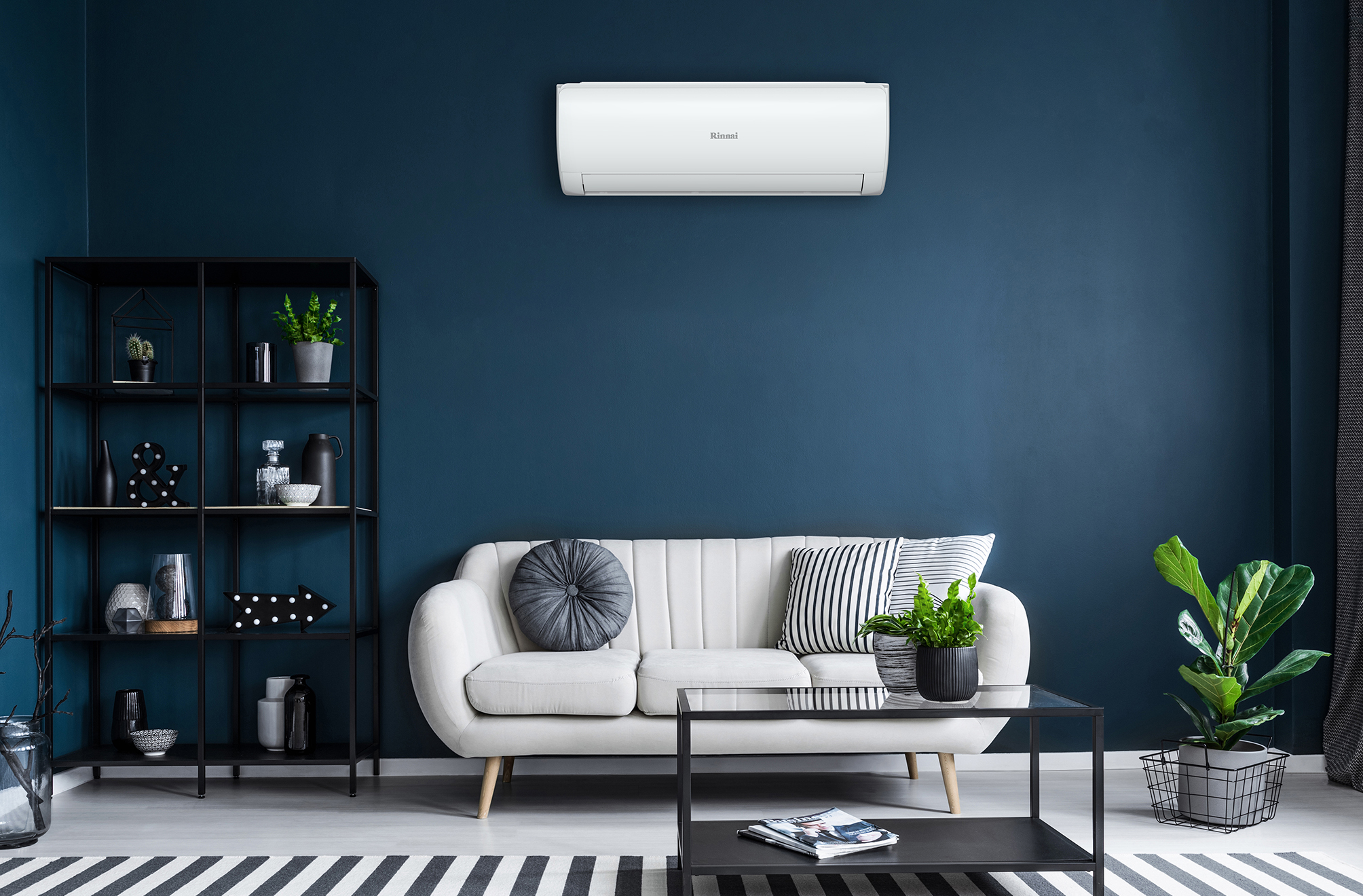



Featuring convenient Wi-Fi control as standard and up to 5-star energy rating, the efficient Q Series also offers a superior line-up of additional features:
 |
Design A sleek, compact, modern profile across the range allows seamless integration into any home. |
 |
Quiet Operation The unit is designed to keep noise levels to a minimum without affecting performance, thanks to a cleverly designed air tunnel optimised to deliver better air distribution. |
 |
3D Airflow Air blades can be controlled to swing both horizontally and vertically, allowing for balanced room temperature and comfort. |
 |
Multiple Fan Speeds The unit has the ability to run on turbo mode to rapidly reach set temperatures within a shorter period of time, as well as the option of a ‘quiet’ mode once the room has reached set temperature. |
 |
Sleep Mode Designed to control the temperature overnight to ensure high quality, comfortable sleep. Traditional sleep mode temperature control is one way; however, our intelligent sleep mode system operates on two-way temperature control that modulates up and down to mimic outside ambient temperatures. |
 |
Timer A delayed ON or OFF timer allowing you to select a period of time (from 30 minutes to 24 hours) and the unit will turn either on or off depending on its current status. |
 |
Programmable Timer 7-day programmable timer can be operated via the iOS or Android Wi-Fi app for added functionality and control. |
 |
Fresh Function To keep the indoor unit free of excess moisture (particularly through summers with high relative humidity), the fresh function will run a 3-minute cleaning cycle every time the unit is turned off. This can help extend the life of the unit whilst ensuring optimum performance and hygiene. |
 |
Self-Cleaning Function The Clean function is an end of season cleaning process to dry the inside unit if it is not going to be used for extended periods of time. This function takes the hassle out of needing to clean the unit and also ensures it is free from mould, bacteria and dust. |
 |
R32 Refrigerant |
"After living without a heat pump for about half a year we recently had a Rinnai heat pump installed. We live in a partially insulated home but you would never know given our Rinnai's heating efficiency. We no longer experience crying windows, which used to be commonplace before having the heat pump installed. The heat pump is extremely efficient, able to heat the whole house (80sqm) fast and keeps the moisture out of the air.
We run our heat pump a lot and it is far more cost effective than when we were using electric heaters. The air conditioner mode is a life saver too for our two fluffy dogs on hot summer days. We couldn’t recommend our Rinnai heat pump enough."
- Stacy and Adam Middleton
Interior designer & concept designer, seasoned renovators
"The Rinnai Q Series Heat pump has been an absolute life saver in this scorcher muggy summer we have been having. Since installed we have barely turned it off, quiet mode all through the night sleeping.
Looks sleek on the wall, extremely quiet & cools the rooms down in a matter of seconds on turbo mode. My only regret is not getting one installed last summer."
- Logan Dodds
Content creator, photographer and qualified plumber
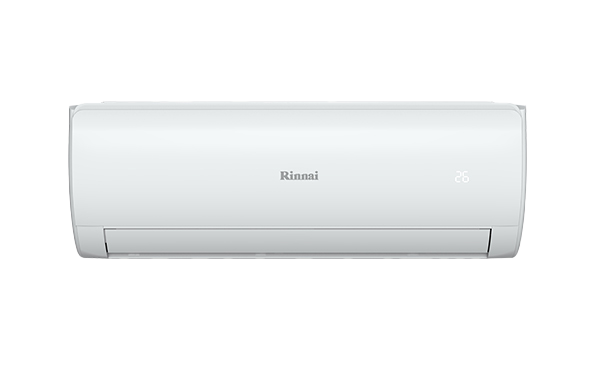
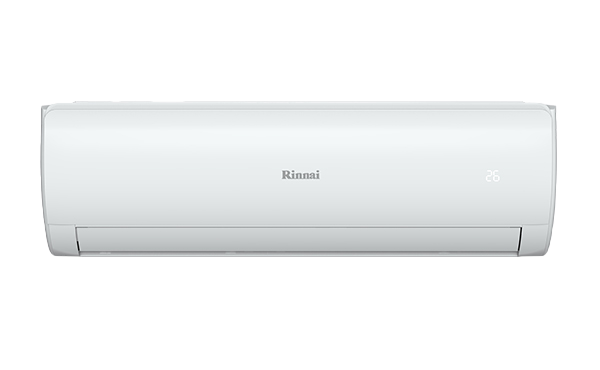
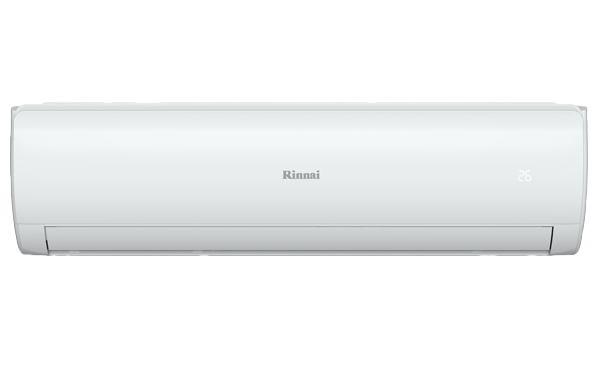
White
R32
Remote plus AC Freedom Wi-Fi smartphone app
Detailed specification information is available on the last page of the customer brochure (refer to the Downloads tab)
September 2019
Every home is as individual as its owner in its requirements and choosing the wrong size Heat Pump for the room you are wanting to heat can leave you cold and cost you more in power consumption.
Correctly determining the size of equipment for your space is critical and directly relates to how much energy or heat the unit can produce. An undersized unit will be ineffective in bringing a room to the desired temperature, while an oversized unit will turn off and on frequently, causing wear and tear.
Aspects to be considered include – the size of the room you wish to heat; how many doors and windows it has and how they are situated; is the room insulated - to name a few. Because of the technical nature of correct sizing, the key to selecting the right size Heat Pump for your home is an assessment and discussion of your needs with an accredited Heat Pump professional.
Key considerations include: the size of the area you wish to heat or cool, if you want to heat or cool just one room or your entire home, the local climate, the number of windows in the area, insulation in the walls and possible location options.
For an electric heating and cooling solution, we recommend that you have an Accredited Heat Pump professional do a full assessment of your home and your comfort requirements to ensure you get the correct heat pump and sizing for your geographical location and unique requirements.
For more information, take a look at our ‘How to Choose the Right Heating & Cooling Solution for your Unique Space’ blog article.
Typically, Heat Pumps are sized and installed to heat a single room or area. To heat your whole home, you may need several Heat Pumps, or a Ducted Heating & Cooling System. For more on Ducted Heat Pump Systems take a look at our 'What is a Ducted Heat Pump System' blog article.
Factors such as the energy efficiency of your particular unit, whether it is sized correctly for the area, your individual energy company rates and how effectively you use the unit will all be a consideration here.
EECA (The Energy Efficiency & Conservation Authority) has identified Heat Pumps as one of the most energy efficient forms of heating around. Heat Pumps do not create heat, they simply move available heat from one place to another. The little energy that is needed is predominantly used to run the compressor.
A Heat Pump typically uses 1kW to create 4kW of heat. The result is around 4 times less energy needed to that of traditional electric heaters, saving you money by reducing your power bill. Running your heat pump is roughly one quarter the cost of traditional electric heating and are one of the most cost-effective ways of keeping your home warm and dry.
Just like your car, a properly maintained & regularly serviced Heat Pump will perform better than a neglected one. A Heat Pump with clogged air filters needs to work harder to provide the same amount of heat as a clean one, and that performance reduction is reflected in the cost to run and the output – and ultimately in your power bill.
Home maintenance is simple enough - to ensure good airflow and to keep it operating at peak efficiency just vacuum the filter from the indoor unit once a month. Also make sure you keep the area around your outdoor unit clear from any plant matter, rubbish or debris. It is also important that you don’t place anything directly on top or around your outdoor unit that may compromise the airflow and in turn compromise its performance.
Take a look at our 'Looking After Your Heat Pump' article for more information.
Heat Pump servicing is often overlooked as an integral part of maintaining the longevity and efficiency of the unit.
It is recommended that you have your Heat Pump professionally serviced every 12 months, ideally before the start of winter, to ensure your unit is working optimally. Whilst DIY home maintenance will help keep your unit working effectively and efficiently, it does not replace the need to have your system professionally serviced by an accredited Heat Pump Air Conditioning technician.
A professional service will ensure your system will operate smoothly and efficiently delivering comfort to your home environment whilst extending the life of your investment. As a guideline, your Heat Pump should be serviced annually.
Experienced and qualified installers usually take somewhere around 3-4 hours for a straightforward back-to-back (where the indoor unit and outdoor unit are positioned directly opposite each other on the interior and exterior of a wall) Heat Pump installation. More complex Heat Pump installations will take a bit longer.
Ducted systems can take between one to two days depending on the amount of spaces to be ducted. Installing a Heat Pump is a complex process requiring qualified trade professionals so must ALWAYS be undertaken by a reputable accredited installation company.
Common sense tells us that no heating appliance should be used 24 hours a day. Using your heat pump correctly is using it as required.
If you are not home during the day, there is no need to run your heat pump during the day, adding to your power bills unnecessarily. If your home has good insulation, a couple of hours in the morning and a few hours in the evening should suffice.
We would advise running your Heat Pump somewhere between 18 and 22 degrees on heating in Winter. If you want to keep it on all night you can drop the temperature back to around 18 degrees – or use the ‘Sleep Function’ (Q Series feature) to take of it for you.
During the summer, you can run your Heat Pump on cooling at around 18 or 19 degrees, and if you wanted to run it all night you could increase the temp by a degree or two.
When the temperature drops, Heat Pumps perform a defrost cycle to remove ice build-up on the outdoor heat exchanger. Ice build-up occurs during the heat process as the outdoor unit takes the moisture and heat from the air.
The defrost cycle is a necessary part of the Heat Pump’s operation, as the airflow can be restricted if the heat exchanger is covered in ice, which will subsequently affect its efficiency. Ice also acts as a thermal insulation barrier on the heat exchanger preventing heat absorption. By defrosting the heat exchanger the unit’s efficiency increases.
In defrost mode the Heat Pump will stop heating for short periods of time and it’s important not to turn your system off when it’s going through this cycle.
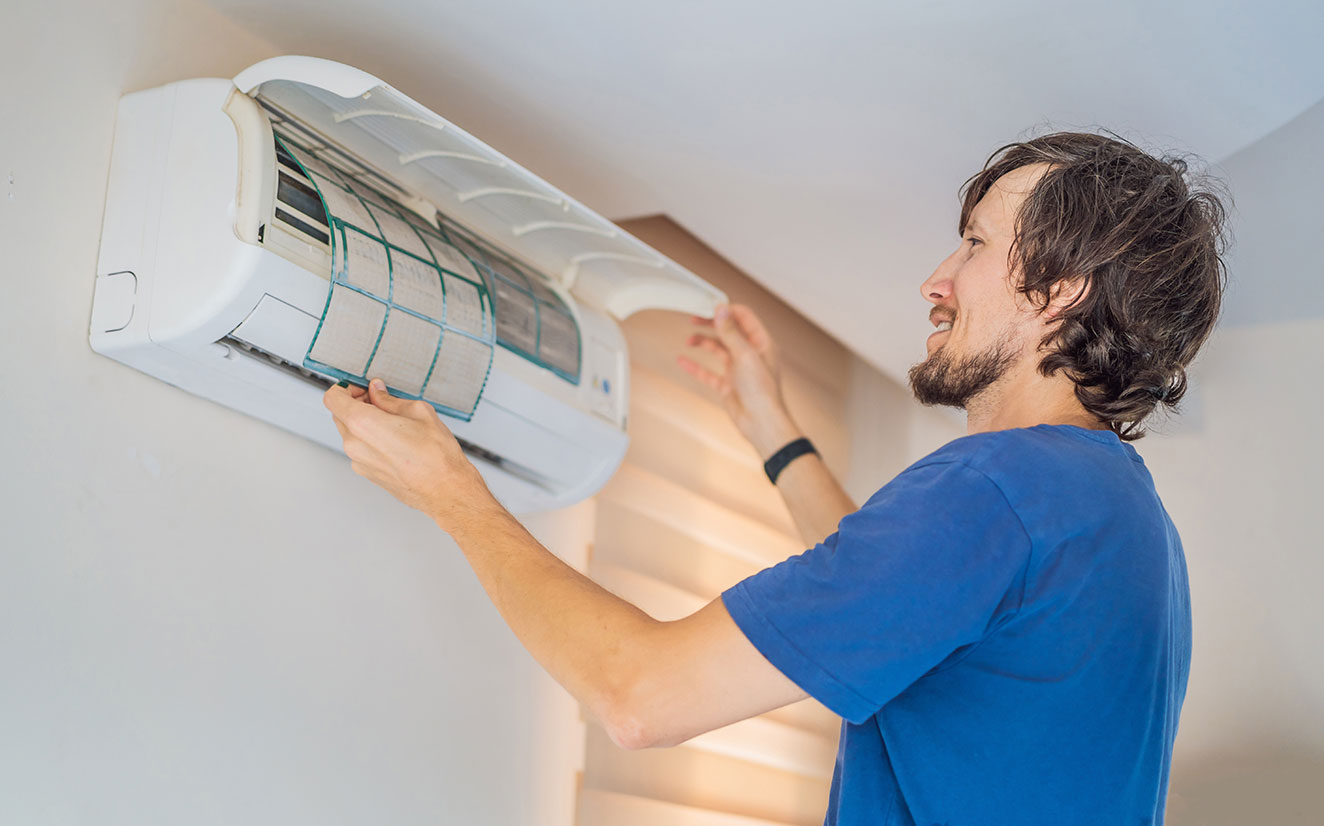

Sometimes our trusty heat pumps can fail us, precisely when we need them the most! You might find your heat pump not performing at its best, blowing cold air, or, even worse, being completely unresponsive. Let's explore the most common reasons behind these heating issues and fix them.
Read ArticleThe Healthy Homes Standards in New Zealand were set in 2019 to protect tenants with requirements for heating and insulation. How can you make sure your house complies with the healthy home standards? Learn it all in our guide here.
Read ArticleHeat pumps are one of the most energy-efficient methods of heating using electricity. But how much do they cost to run? This article breaks down the factors for you.
Read Article